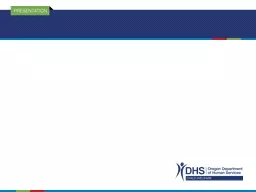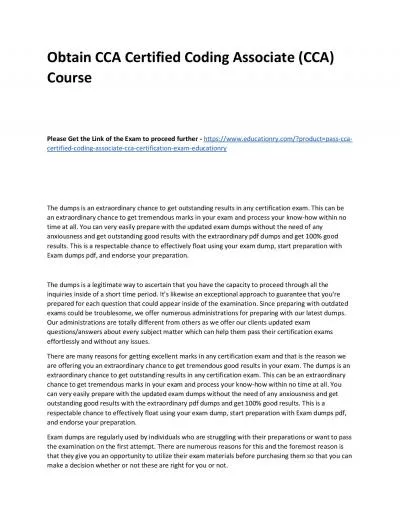PPT-An overview of CCA: Why better coding is needed
Author : claire | Published Date : 2024-02-02
There is currently a lack of cholangiocarcinoma CCAspecific educational resources that are designed to support the adoption of ICD11 among healthcare professionals
Presentation Embed Code
Download Presentation
Download Presentation The PPT/PDF document "An overview of CCA: Why better coding is..." is the property of its rightful owner. Permission is granted to download and print the materials on this website for personal, non-commercial use only, and to display it on your personal computer provided you do not modify the materials and that you retain all copyright notices contained in the materials. By downloading content from our website, you accept the terms of this agreement.
An overview of CCA: Why better coding is needed: Transcript
Download Rules Of Document
"An overview of CCA: Why better coding is needed"The content belongs to its owner. You may download and print it for personal use, without modification, and keep all copyright notices. By downloading, you agree to these terms.
Related Documents














